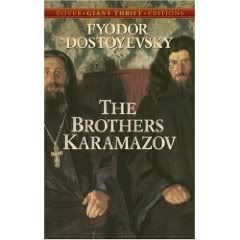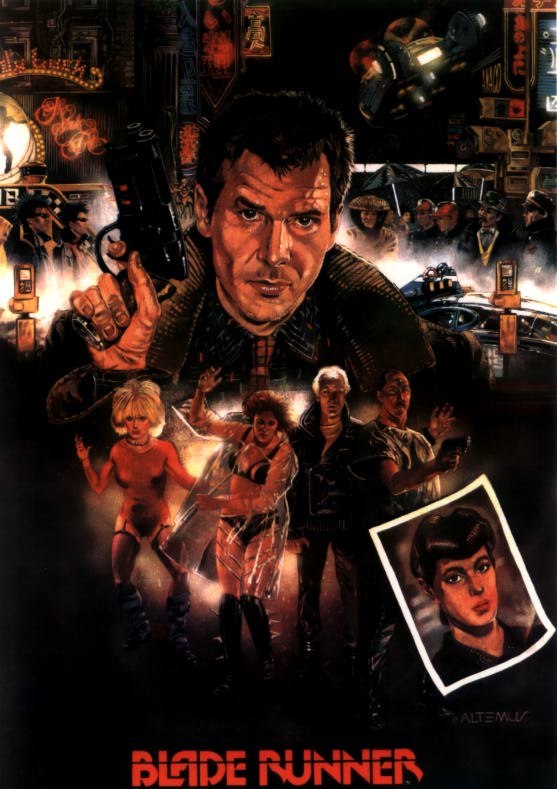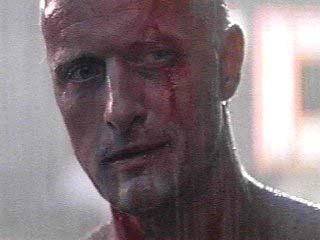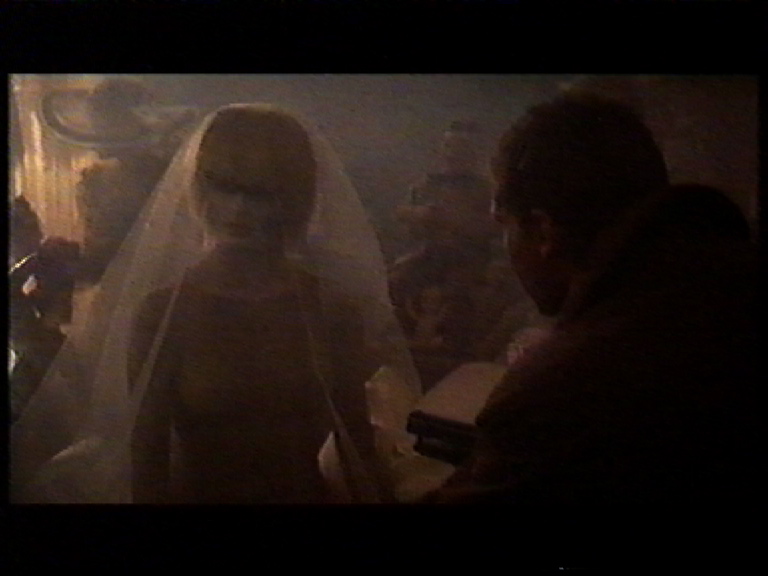Introduction
As a child I had a fascination with books. When I visited the local library, the children’s section was always a special place for my imagination to run wild. Dr. Seuss books were always very special to me. The illustrations, the wild creatures, and interesting stories were a delight. Another author that also had the same effect was Roald Dahl. Dahl once said;
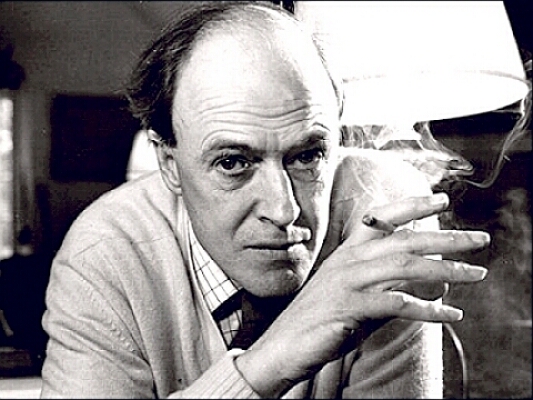 I have a passion for teaching kids to become readers, to become comfortable with a book, not daunted. Books shouldn't be daunting, they should be funny, exciting and wonderful; and learning to be a reader gives a terrific advantage. (Dahl)
I have a passion for teaching kids to become readers, to become comfortable with a book, not daunted. Books shouldn't be daunting, they should be funny, exciting and wonderful; and learning to be a reader gives a terrific advantage. (Dahl)
There are intrinsic emotions when I go back and reread these authors. Contemplating the connections between them and how they taught me to develop my understanding of the English language and the world around me, some questions come to fruition. How can they get children to gravitate towards their works in such distinctive ways?
Nonsense, a device employed by both authors, contributes to subliminal learning permeating a child’s mind. In looking at the works The Big Friendly Giant, by Roald Dahl and some selected works such as, The Cat in the Hat and Horton Hears a Who by Dr. Seuss, one can see how their nonsense language and stories are used for a child’s development, enrichment of the English language and the understanding of the world around them. In this essay, I propose that Dr. Seuss and Roald Dahl, through the utilization of Nonsense, construct nonsensical characters and worlds, not to confuse but to teach and enlighten both children and adults about the moral aspects and possibilities of life, language, and learning.
I. Nonsense as a Literary Genre
The term nonsense is a bit confusing. Literary nonsense is not non-sense at all really. However, true non-sense as defined by the Oxford English Dictionary is “spoken or written words that have no meaning or make no sense.” (Oxford Dictionary of English) Furthermore, it is simply indiscriminate clamor; a tedious flow of information that holds no importance or meaning, like listening and watching static from a television channel containing no images. Dr. Seuss took literary nonsense to its apex. Dr. Seuss once said;
I like nonsense; it wakes up the brain cells. Fantasy is a necessary ingredient in living It's a way of looking at life through the wrong end of a telescope. Which is what I do, And that enables you to laugh at life's realities. (Seuss).
His stories, containing a visual and fantastical world becomes somewhat rational within his narratives. A sort of consistent madness is seen in his stories. Seuss never wavers from his creations. If he creates a three headed person living in his home, he stays within the contextual frame of his story, where there would be three of everything. While there may be no Cats with hats and no Whos, if you can defer your uncertainty about those things, the story of Cat in the Hat and Horton Hears a Who will appear as sound as any other tale.
Roald Dahl employs similar characteristics pertaining to the literary nonsense genre. In his work The Big Friendly Giant, or BFG for short, he creates a whole list of nonsense words called Gobblefunk;
As he was writing The BFG in the early-1980s, author Roald Dahl set about creating a new vocabulary for the story's enormous protagonist — a 238-word language that he ultimately named, "Gobblefunk." Words that made the cut included, "humplecrimp," "swallomp," "crumpscoddle," and, most memorably, "snozzcumber." (Usher 2012)
The reasons Gobblefunk was created is because it is useful in supporting the characteristics of the nonsensical worlds Dahl constructs in his stories. For those unfamiliar with the story of The BFG, it is about a young girl named Sophie who gets snatched up by a giant (The BFG) and taken to his home in Giant Country. The reader finds out that the BFG is the only good and benevolent giant in the world. He collects good dreams, where he later redistributes to children. When he comes across a nightmare he destroys it or uses it to start fights with the other giants. The other giants are ravenous and occasionally enter the human world to eat up “human beans,” especially children. Because the BFG refuses to involve himself in this, he ends up being a vegetarian where he survives on snozzcumbers (inspired by cucumbers), a fizzy drink called frobscottle with bubbles that travel downwards, which incidentally causes the drinker to break wind instead of burp, where passing gas is referred to as Whizzpoppers;
A whizzpopper!” cried the BFG, beaming at her. “Us giants is making whizzpoppers all the time! Whizzpopping is a sign of happiness. It is music in our ears! You surely is not telling me that a little whizzpopping if forbidden among human beans? (Dahl)
Humorously written, The BFG also offers a darker subtext. Characteristically for Dahl, one of the themes of the work is fighting against a greater foe using one’s intelligence and development. Sophie who is in command because of her wits and courage, and the adult figure, the BFG, carries out her imaginative plans. The same pattern, the friendship and collaboration of an intelligent child and a kind and gentle adult is recurrent in several of Dahls’s works.
The narrow-mindedness and utter stupidity of adults are considered from the perspective of a giant and a child, and the actions of adults are seen in a humorous way. The only good adult is the Queen of England, who efficiently organizes the mission to capture the man-eating giants, and turns out to be a wise and warm person. Dahl creates a strong contrast between children and adults, where it is usually the children who come out on top. In his books, children are repeatedly left on their own to survive in the malicious world of callous and insensitive adults.
Nonsense literature adds a favorable twist: it promotes children to reflect on the natural world not as it is, but as it possibly can be. Nonsense educates children the constructive mental tendency of not ruling anything out. Once a child had accepted the idea of a talking cat in a hat, an elephant that firmly believes in the existence of a microscopic society, and where a big and friendly giant helps children receive good dreams, they have taken a short step towards steering away from the development of a narrowing mind as we all may undergo as we reach adulthood.
II. Lessons Conveyed in Literature
Shifting focus back on Dr. Seuss, one can take away the same type of moral lessons that The BFG conveys. In Horton Hears a Who!, for example, Horton is an elephant with a good heart and sensitive ears who discovers the microscopic people, the Whos, on a fleck of dust when the inhabitants call out for help. He chooses to help and guard the Whos, but is ostracized from his community because they think he is insane. One of the more well known phrases from this story is, “a person is a person no matter how small,” (Seuss) which sends a clearly defined moral point to children readers. The tale, even though taking place in a world full of chatting animals, is about intangible ideologies such as open-mindedness in believing in something that you cannot see with your eyes, duty in protecting your beliefs, unkindness and distrust by others in making fun of what one may believe in, are all very relatable.
The Cat in the Hat, being one of the more popular and well known of Dr. Seuss’ tales, is a story that is full of moral ideals and political significance. Dr. Seuss wrote this story keeping a child in mind, even though there are some heavy elements embedded within. As The Cat in the Hat begins, the first thing the reader learns is that the children are home alone. With the knowledge of being by themselves they have the notion that they may do as they please;
I sat there with Sally.
We sat there, we two.
And I said, “How I wish we had something to do!?”
Too wet to go out
And too cold to play ball.
So we sat in the house.
We did nothing at all. (Seuss 121)
Pondering how two small children, left alone in on a rainy day with nothing to do, can make one realize the temptations that will soon confront them. One of the several good things about Dr. Seuss is his ability to make you aware of a social problem in an entertaining fashion. Hence walks in the cat in the hat promising fun and many good activities. As he puts it, “I will show them to you, your mother will not mind at all if I do.” (Seuss 124) Dr. Seuss uses a goldfish to open up the mind of the reader. There are many temptations out in the world waiting to show children several things that are not good for them. One wonders how many times the youth of today are startled when a parent is informed about something that they should not be engaged in. Certainly, the percentage is greater now than ever before concerning children engaging themselves in the wrong activity because of a lack of adult supervision.
It is when the fish is introduced that the reader can start to understand the moral implications behind the cat in the hat. “No! No!. Make that cat go away!” (Seuss 125) The fish exclaims. The reader instantly realizes the voice of reason is through a tiny fish that is almost always dismissed. All while the cat in the hat continues to tempt the children in doing the things he knows their mother would not approve. The goldfish in the background continues to shout, “No, tell him to stop.” (Seuss 127) It is a wonder how Dr. Seuss understands the temptations most kids face when alone.
In the same way Dr. Seuss configures his Cat in the Hat lore to his readers, Dahl typically in his stories uses a recurring theme about fighting someone superior, usually an adult figure. However, it may be difficult to pick out in the same breath, the motive for educating moral lessons to children. The BFG acts as a highly entertaining piece of wit and humor. In a sense, it is a typical fairy-tale drawing a distinct and clearly defined line between good and evil, where the heroes are grounded in goodness and righteousness, and the villains are on the opposite pole.
III. Illustrations to Maintain the Context and World of Nonsense
Viewing the illustrations of Dr. Seuss and Roald Dahl, one can get a sense of nonsense in a more visual way. The depictions of people and animals are nothing close to anatomical likeness of anything real in the world. Even though many of Dr. Seuss’ characters are soft, fluffy, and at times adorable looking, they seem to have no skeletal structure. His material items seem to have a somewhat shaky connection with their environment. Plates and fish bowls poise in fifteen foot tall heaps, each piece wobbling out of place, the whole construction waiting for it to fall and break to pieces. Yet within each story, this madness is rational and unswerving, and never deceives its fictional context. Real world applications and physics may not by the number one attributable quality in these tales, but the tenets of Seuss physics do not waver.
As with Seuss, Roald Dahl implements nonsensical illustrations to further his message and convince his audience of what he is trying to convey through his tales. The BFG is a giant illustrated with large ears to hear far away dreams in hopes of catching them. It is of presupposition that one might think a giant to be some sort of monster; however his countenance is that of innocence and niceness. The illustrations by both works of Dr. Seuss and Dahl are not the best in portraying aesthetic conventions of what an adult might look for, but rather go much deeper in supporting their contextual worlds. As stated earlier, the most important quality of these stories are to maintain believability in the reader. A child must believe in a world that might not make sense in their reality and in doing so might be able to open their mind up to a host of other possibilities.
IV. Final Thoughts
Dahl’s and Seuss’s tales give rise to their own ideas perpetuating in them a state of authentic belief. Children readers will begin to genuinely believe that worlds that inhabit a race of beings living on a speck of dust, a cat in a hat that has with him “Things” that wreak havoc and cause trouble, and a world of giants that feed on human beans. In actively believing such tales could exist, the moral implications are also believed. Instead of a dull and weary world that adult stories sometimes convey, nonsensical stories will open up the mind and possibilities of children readers. The popularity of Dr. Seuss and Roald Dahl is not so surprising in that they make the most impossible things possible. The capacity to think sensibly about nonsense can transform the way, not only children, but all of us identify with the world.
Works Cited
Dahl, Roald. Good Reads. 2012. http://www.goodreads.com/quotes/show/79884 (accessed 2012).
—. The BFG. London: Johnathan Cape, 1982.
Oxford. Oxford Dicctionary. 2012. http://oxforddictionaries.com/definition/nonsense?region=us&q=nonsense.
Seuss, Dr. The Quotations Page. http://www.quotationspage.com/quote/32247.html (accessed 2012).
—. Your Favorite Seuss. Toronto: Random House, 2004.
Usher, Shaun. Lists of Note. February 2012. http://www.listsofnote.com/2012/02/gobblefunk.html (accessed 2012).

